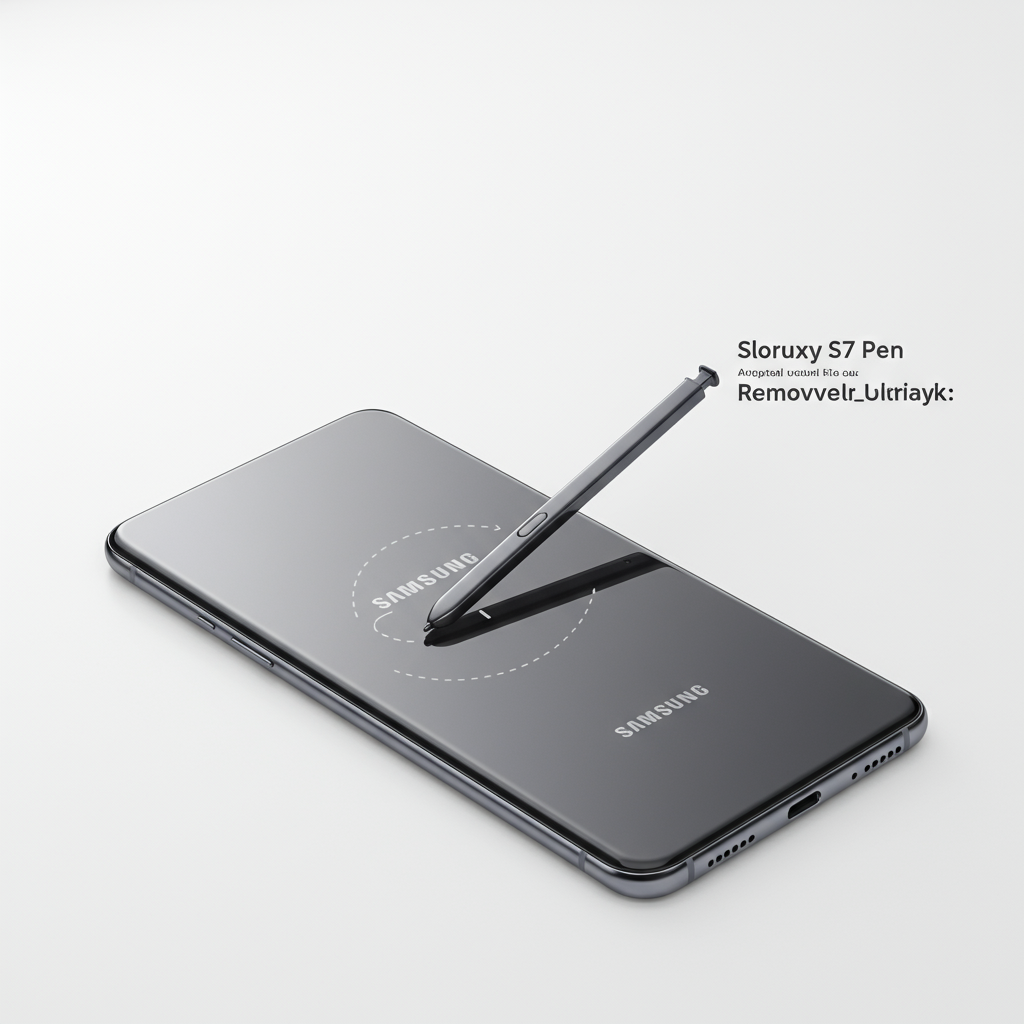Samsung’s S Pen has long been a defining characteristic of its premium smartphones, evolving from the beloved Galaxy Note series to become a staple of the flagship Galaxy S Ultra line. However, whispers from the supply chain suggest a significant shift might be on the horizon, potentially impacting the future of the integrated stylus slot.
According to recent rumors, specifically pointing towards the anticipated Galaxy S27 Ultra, Samsung could be contemplating a design change that eliminates the dedicated S Pen storage silo within the phone’s body. If true, this move would echo the controversial decision seen with the Galaxy S21 Ultra, which supported the S Pen externally before the slot’s return in subsequent models.
Why Ditch the Built-In Slot?
Several potential reasons fuel speculation about this design overhaul:
Prioritizing Slimness and Internal Space: Removing the S Pen slot would free up valuable internal real estate. This space could potentially be reallocated to other components, such as a larger battery, enhanced camera systems, or even enable features like proper built-in Qi2 wireless charging and MagSafe accessory support without requiring a case. The drive for thinner devices, evident in recent models like the Galaxy S25 Edge and upcoming Z Fold generations, supports this theory.
Shifting to an Accessory Model: Samsung already offers S Pen support on devices like the Galaxy Z Fold series without a built-in slot. These styluses are purchased separately and often require optional cases for storage. A similar approach for the S Ultra could streamline production across high-end lines and potentially boost accessory sales.
Responding to User Feature Adoption: Recent changes, such as the removal of Bluetooth Low Energy (BLE) features from the S Pen in the Galaxy S25 Ultra, have sparked debate about the stylus’s future. Data reportedly indicates that usage of features reliant on BLE, like Air Actions, is very low (potentially less than 1% of the customer base). If core stylus functions like writing and drawing remain popular but advanced wireless features see little use, Samsung might view the dedicated slot required for charging/pairing BLE pens as increasingly unnecessary overhead.
What About the S26 Ultra?
While rumors point to the S27 Ultra for this potential change, the immediate future with the Galaxy S26 Ultra is also under scrutiny. Following the S25 Ultra’s S Pen adjustments, analysis suggests the S26 Ultra is most likely to retain the integrated S Pen, looking and functioning largely like its predecessor. This would position the S26 Ultra as potentially the last model to offer the full, integrated S Pen experience before a more radical design shift in the S27 generation.
The Z Fold Precedent
The Galaxy Z Fold line serves as a relevant comparison. These foldable phones are compatible with S Pens (like the S Pen Fold Edition) but lack internal storage. Users purchase the stylus separately and often rely on dedicated case designs for carrying it. This model demonstrates that Samsung can* successfully implement S Pen support as an external accessory.
Potential Fallout and What’s Next
Removing the built-in S Pen slot from the S Ultra series would undoubtedly disappoint many loyal users who value the convenience and ‘always-there’ nature of the integrated stylus. The backlash could mirror the reaction seen during the S21 Ultra’s launch.
Samsung might be considering how to position the S Pen going forward – perhaps reserving the integrated slot for specific models or making the S Pen a premium, separate add-on across its high-end lineup (Ultra, Fold, Tablets). The existence of a large-screen, non-Ultra model (like a hypothetical S25 Edge) could also provide an alternative for users who want a big Samsung phone but don’t need or want the S Pen, allowing the Ultra line to potentially evolve its S Pen integration.
The Bottom Line
While official confirmation from Samsung remains pending, persistent rumors suggest that the built-in S Pen slot, a beloved feature of the Galaxy S Ultra, may face an uncertain future, possibly disappearing as early as the Galaxy S27 Ultra. The decision likely hinges on balancing design priorities like slimness and internal space with user data on feature usage and the strategic positioning of the S Pen within Samsung’s diverse product portfolio.



